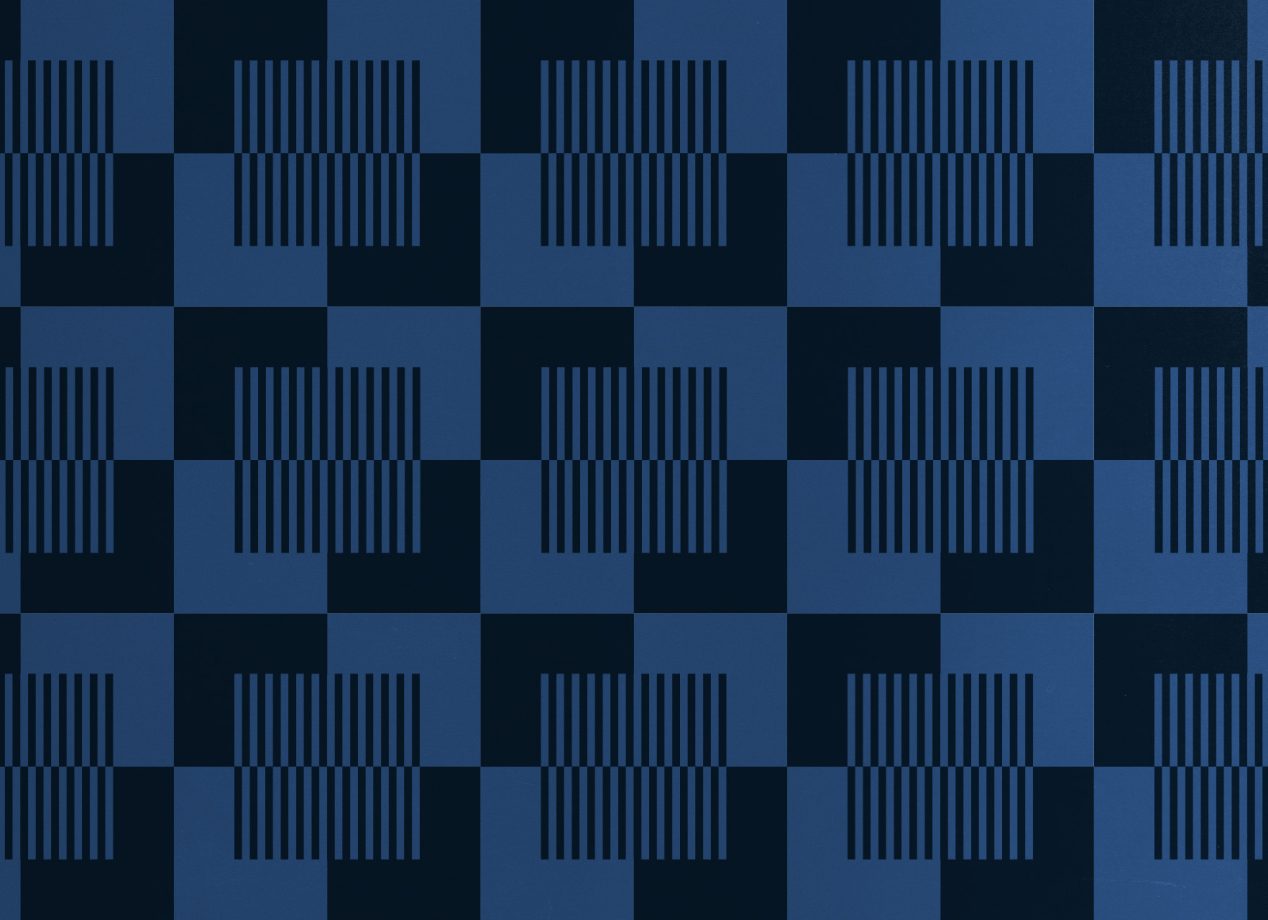On publication of his new book Painting Beyond Pollock (Phaidon, 2015), we spoke to Morgan Falconer about the experience of writing the story of recent painting, his career in the art world, and lecturing on the Sotheby’s Institute of Art – Online, and Master’s degree programs.
Where did it all begin for you? How did you develop a passion for art?
I started to look at contemporary art in a serious way in London in the mid-1990s. It was a great time – not because of starry names like Damien Hirst or Tracey Emin – but because I could see this incredible conversation in the galleries. Artists were making work about my generation, my culture, my society – my experiences – and they were articulating things that didn’t get voiced elsewhere. It made me wake up to the idea that art was not simply an adornment to our lives but a necessity.
You have recently published a book, Painting Beyond Pollock (Phaidon 2015). What inspired you to write it and how was the process?
I felt it was far too long since anyone had tried to tell the story of recent painting. The medium was very prestigious in the 1950s and 1960s but after that it was pushed aside and dismissed and yet good painters kept on working. It was time to look back. I thoroughly enjoyed the writing process: I was living in Zurich when I started and I had time to sit down and really think about the history. Different parts of it were difficult for different reasons: the earlier history demanded that I condense a lot of older scholarship while the newer parts left me almost alone with not much more than my own opinions.
Tell us about your career trajectory and how you came to work at the Institute in New York.
I was an art critic in London for many years. I worked for specialist art publications as well as the London Times. I wrote a lot, travelled a good deal, had fun. But art criticism was – and is – in a terrible decline, with mass market newspapers giving ever more space to pop culture and getting increasingly sensational (particularly in Britain). For some people art may be a wing of the entertainment industry but I’d rather not think of it like that. When I left London I decided I’d had enough and wanted something more serious and so I found my way to the Institute.
“We don’t want you to have to pore over texts and learn dates and names by heart, we want you to reflect on what art means in your own life and what is relevant in the here and now.”
In your experience as an Online course instructor, how do the Sotheby’s Institute of Art - Online courses lend themselves to learning about the art world?
They give depth and breadth. They take you through the key issues and the milestones you need to navigate the art world but they also draw you into wonderfully open discussions about different aspects of art and culture and society. One minute we can be talking about Jeff Koons, the next about Michael Jackson, one minute about Art Deco in the 1920s, the next about Picasso and the French colonies. What I love about these discussions is that they remind us of how rich a subject art is. We don’t want you to have to pore over texts and learn dates and names by heart, we want you to reflect on what art means in your own life and what is relevant in the here and now.
How does being an active professional in the art world as well as an Instructor and Lecturer benefit those who you teach at Sotheby’s Institute of Art on the MA and Online programs?
At Sotheby’s Institute we all come to the classroom with some other professional experience to inform our teaching. In my case it’s criticism and writing. Critics should be professional skeptics and I like to think that I never stop questioning opinions.
How does being an Instructor for an Online course differ to the classroom?
We have a very international student body at the Institute but it’s never as fabulously varied as the groups I get on the Online courses that I teach. In any Online class I will have South Americans, Russians, East Asians, Europeans – and it leads to incredibly passionate discussions. Students aren’t just learning about art, they are exchanging views about their lives and the outlooks in their own country – and it can get heated! We in the West tend to think we’re very tolerant and broad minded: some of our discussions force us to think again.
In your opinion, what advantages are there to studying online?
The flexibility of it is fantastic. You can work at your own pace and dip into different materials depending on the time you have. You can also do this on the go: I occasionally travel with students from the Institute while I’m teaching Online and so I’ve ended up posting from Brazil, China, and Los Angeles. It has opened up conversations about the Sao Paulo Biennale and the art market in Beijing. If I’ve got an internet connection I can work – and so can the students. Sometimes I feel like a foreign correspondent sending in notes from abroad!
What advice would you have for someone starting out in their career in the international art world?
Don’t be intimidated. Don’t worry about not understanding art work. And don’t be impressed by the money and the jargon. Just have the courage of your own opinions. At its best the art world is a thriving commercial world that values ideas and discussions and beautiful objects, and right now it has a great hunger for talent.
Learn more about Master’s degree programs at Sotheby’s Institute in New York>
Learn more about forthcoming Sotheby’s Institute – Online courses >
